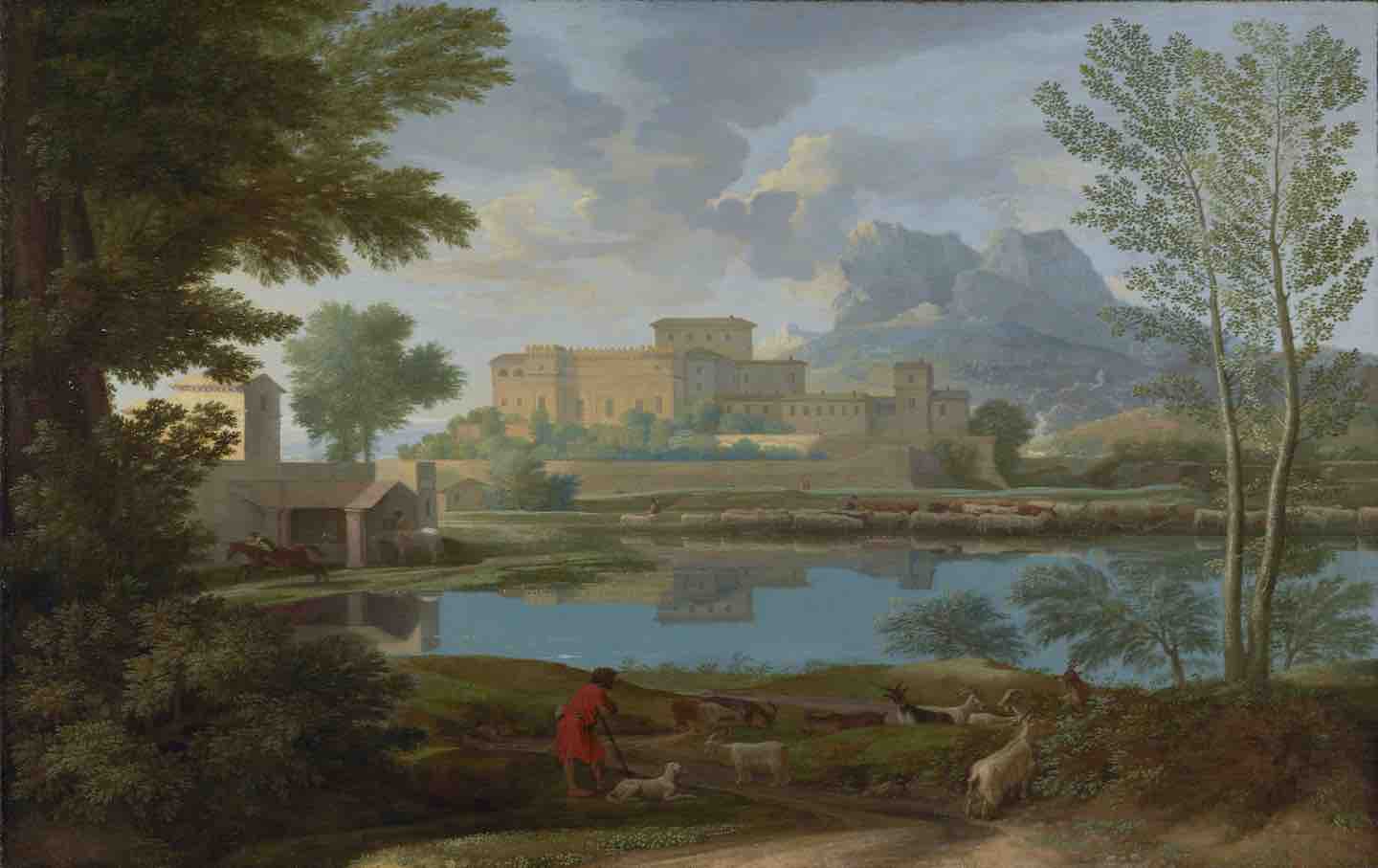Created by Johannes Kiel, Viral Infection is a web-connected interactive robotics installation that examines the reproductive behaviour of digital fragments on the verge of embodiment. The work reflects on how technological developments and automated algorithms are transforming the transmission of knowledge.
At a time when algorithms not only influence our consumer behaviour but also democratic processes, the work raises the question of control, autonomy and the risks of technological availability. The installation is a result of viral data (such as videos and social media posts) that have had an automated affect on me in recent years. Based on biological processes, craft traditions and online tutorials, I developed machines that evolve and reproduce through me as a host. The use of traditional craft techniques, open source technologies and self-programmed generative algorithms creates a field of tension between material and immaterial emergence.
Johannes Kiel



Viral Infection uses lactic acid fermentation and thermal sensor technology to create a symbiosis between technical and organic matter. The machine nests produce the bioplastic of which they themselves are made and calculate their own material requirements. The virus machine constantly observes the production process and transfers tasks to the host. Visitors to the installation can use their own body heat to influence the robot‘s measurement results and negatively impact the reproduction process, turning them into antibodies that protect the host. Through an online archive, the work attempts to infect further hosts and empower them for reproduction and machine production. The archive is constantly and autonomously expanding, based on the content that I consumed during the development of the installation.
↑ Online archive of content Johannes engages with that influence the installation behaviour/evolution/development.
What began as casual media consumption has evolved into a self-reinforcing cycle that blurs the boundaries between producer and product. Algorithms suggest, I select, the machine transforms. The installation thus poses the question: Is knowledge that is filtered in this way still universal? Or are we prisoners of a selective process that shapes our perception of reality algorithmically and unconsciously?
In earlier work, Cognitive Globe (2023), the robototic structures were based on global internettraffic, designed to affect viewers through kinetic, auditory and visual elements. The intensity of data traffic at important internet cluster points can be experienced in real time. In addition, brain activity can be measured with a brainwave sensor. The measurement results are automatically uploaded to a database and influences the behavior of the installation.
The question arises as to the role of the individual in a global network that takes on a life of its own. Since the advent of the Internet — the cognitive globe — the human being is involved in another meta-level of emergence: Now the individual has become the cell of a globally biosynthetic organism.
Viral Infection and Cognitive Globe are are part of Johannes’ diploma project at the Academy of Fine Arts Munich, emergent digital media under the guidance of Hito Steyerl.
 Cognitive Globe, 2023
Cognitive Globe, 2023




.png)





